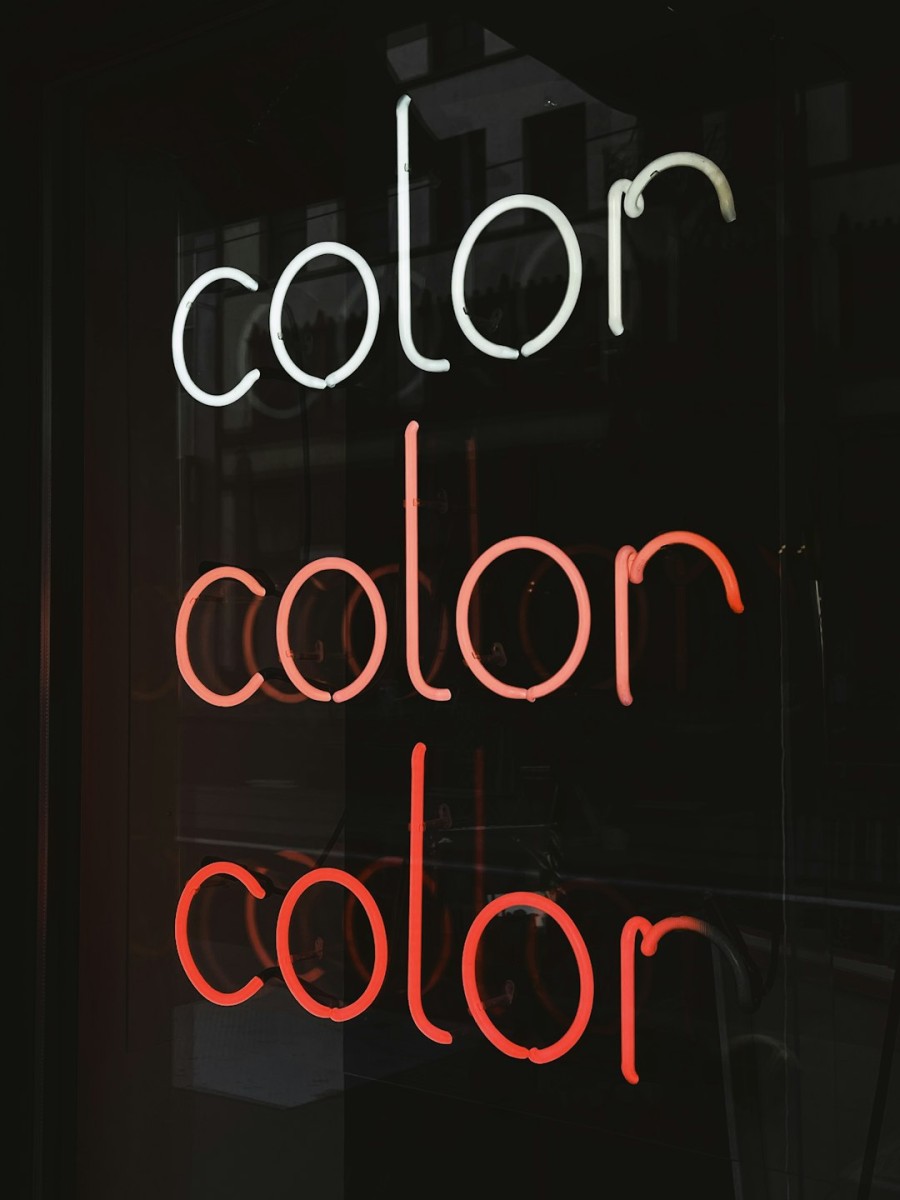How do AI algorithms learn to create logos?
Artificial Intelligence (AI) has made remarkable strides in recent years, particularly in the domain of design and creativity. One captivating application is the use of AI to generate logos—visual marks that represent brands and identities. But how does an AI algorithm actually learn to create logos? The answer lies in a mix of data, machine learning techniques, and design principles carefully taught to the model.
The Foundation: Learning from Data
Like most AI systems, logo-generating algorithms rely heavily on data. Their “learning” begins with ingesting thousands—sometimes millions—of existing logos across various styles, industries, and time periods. These logos are accompanied by metadata such as colors, fonts, layout types, and industries they belong to.
Using this rich dataset, AI models identify patterns and trends. For instance, they may learn that green is often used in health-related brands, or that tech companies tend to favor minimalist fonts. Over time, and after being exposed to enough examples, the AI begins to recognize aesthetics that make logos effective in conveying messages.

Machine Learning Techniques for Logo Generation
Once the data is available, machine learning models, particularly Generative Adversarial Networks (GANs) and Variational Autoencoders (VAEs), come into play. These models are designed to generate new, previously unseen logos by learning the probability distributions of the training data.
- GANs: In this technique, two neural networks—the generator and the discriminator—compete. The generator tries to create new logo designs, while the discriminator tries to determine whether each design is real (from the dataset) or fake (generated). Over time, the generator improves and produces more convincing designs.
- VAEs: These models take a different approach by mapping logos into a lower-dimensional space, learning key features, and then decoding them back into new logos. VAEs are more controlled and provide easier ways to tweak designs.
Modern systems also leverage transformers and diffusion models to bring additional flexibility and complexity to logo generation, producing results that reflect deeper contextual understanding.
Understanding and Applying Design Principles
To generate logos that resonate with users, AI needs to internalize more than just visual data—it must comprehend the principles of design. This includes symmetry, balance, color theory, and visual hierarchy. Developers often incorporate these ideas through curated datasets, human-guided feedback, or embedded rules within the algorithm itself.
For instance, a logo AI might be programmed to avoid overcrowding or to maintain contrast between text and background. Some advanced systems even allow input prompts such as, “Design a minimalistic logo with blue tones for a fintech company,” and the AI interprets the request in design terms.

Customization and User Interaction
AI logo generators often come with user-friendly platforms where users select preferences like color, style, and industry. The AI refines options based on this input and generates multiple iterations. Some platforms include feedback loops where users rate logos, allowing the system to learn and improve over time.
This interactive loop bridges AI capabilities with human creativity, making it possible for non-designers to create professional-quality logos and for companies to streamline their branding efforts.
Ethical and Legal Considerations
While AI-generated logos bring efficiency and innovation, they also raise questions about copyright and originality. Many generated logos draw from existing influences, which can sometimes result in similarities with registered trademarks. Developers need to build safeguards to avoid direct plagiarism and promote unique designs.
Conclusion
AI algorithms learn to create logos through data analysis, the application of advanced machine learning models, and integration of design theory. As technology evolves, these systems will become increasingly sophisticated, delivering not just automated logo creation but also meaningful visual branding that resonates across cultures and industries.
FAQ
- Q: Can AI truly understand aesthetics?
A: AI can learn patterns that reflect aesthetic preferences, but it does not “understand” beauty in the human sense. It mimics aesthetic choices based on training data and user input. - Q: Are AI-generated logos original?
A: Yes, if properly designed, AI-generated logos are original combinations of learned elements. However, developers must ensure outputs don’t closely mimic existing logos. - Q: Can users customize AI-generated logos?
A: Absolutely. Most platforms allow for customization in terms of color, font, and layout, giving users creative control over the final design. - Q: What industries use AI for logo design?
A: Virtually all industries—from technology and healthcare to fashion and food—use AI tools for fast, scalable, and adaptable logo creation.



